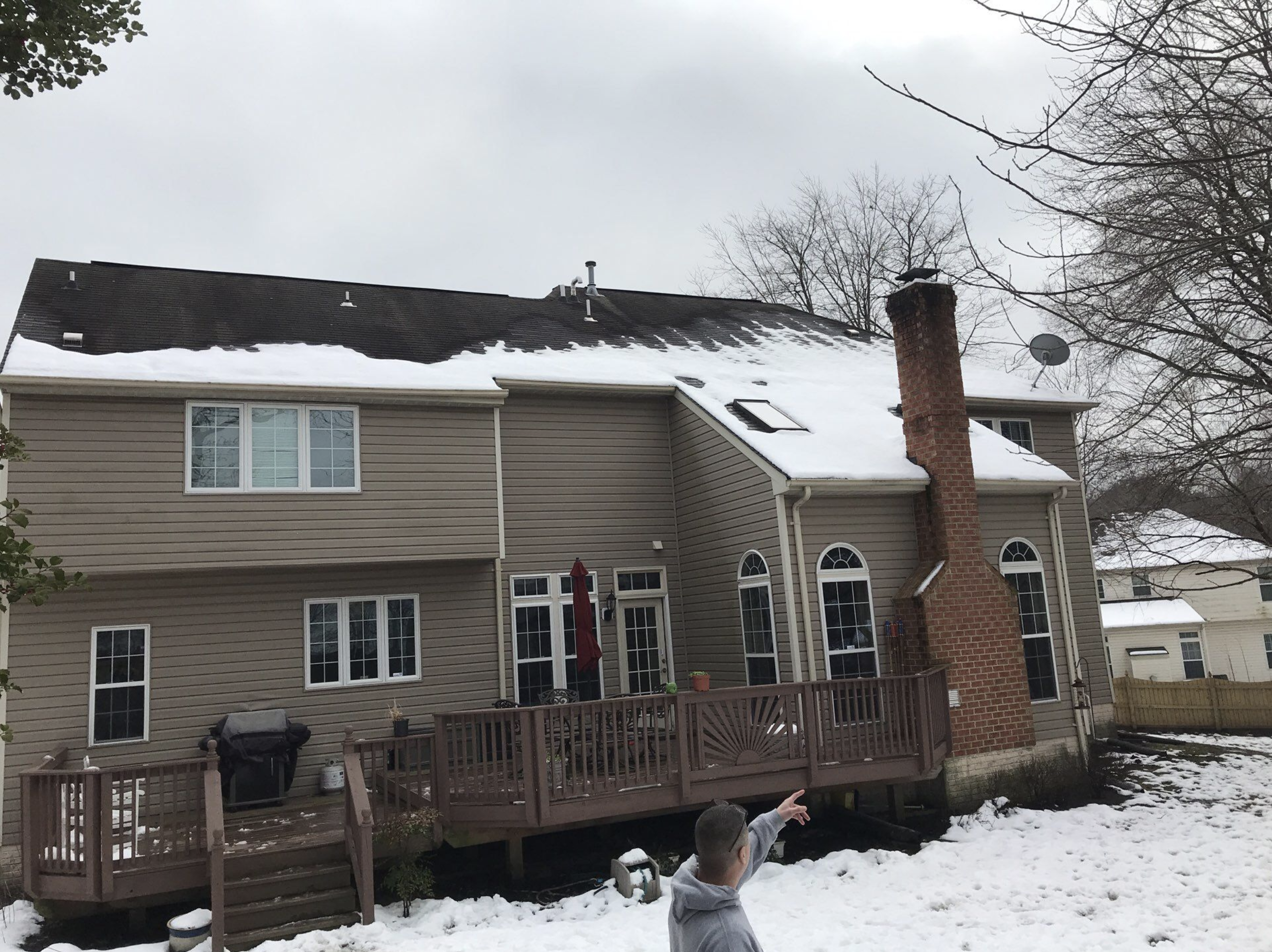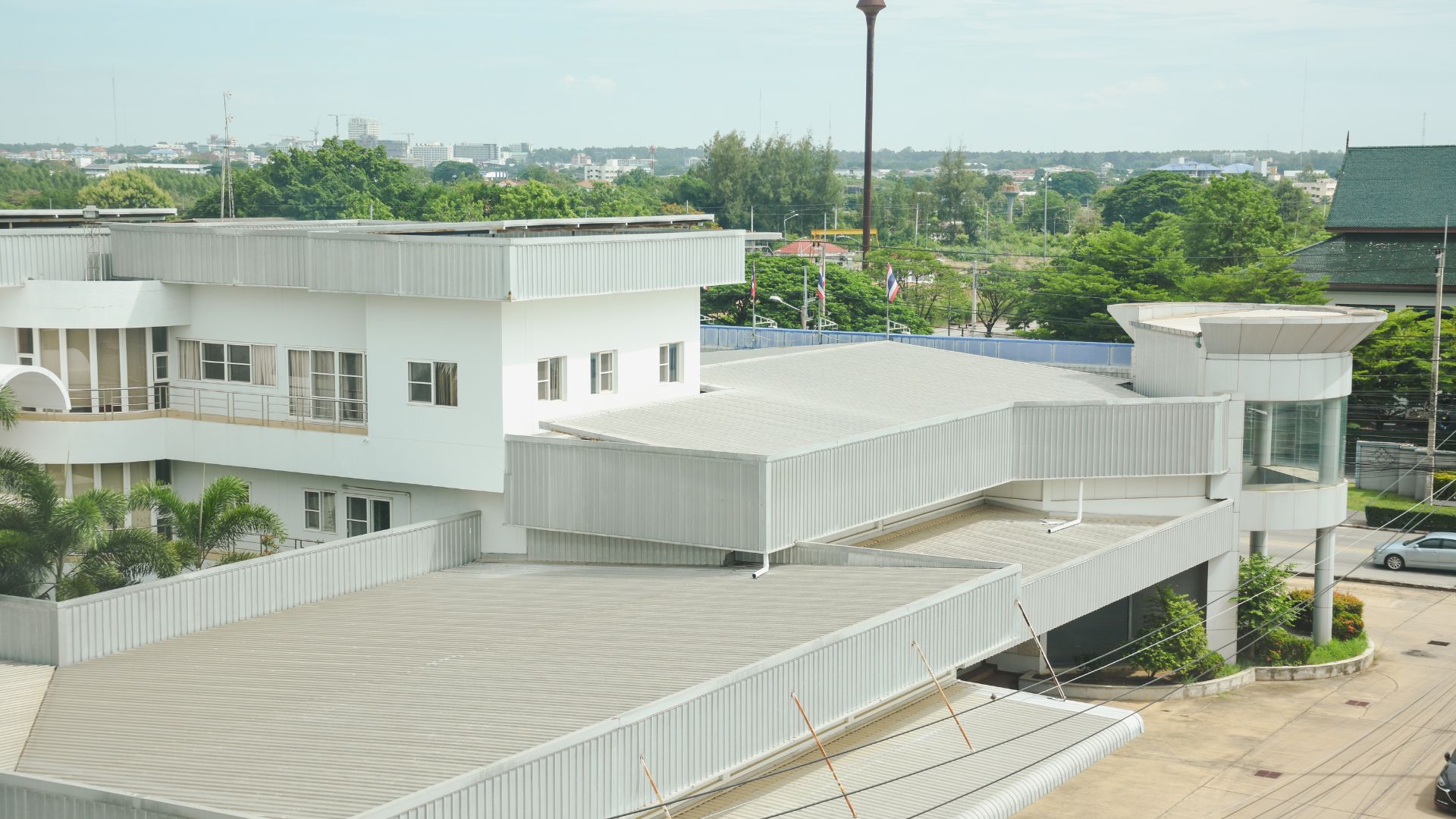The Farmers’ Almanac predicted “Significant Shivers, Slushy, Icy, Snowy” for Maryland winter 2022-2023. And so far, it’s been about accurate.
In this sort of low-temperature, high-humidity weather, roof condensation in winter can be a significant issue. A damp roof interior leads to water damage and mold growth if left unchecked. It’s important to address roof condensation promptly to prevent further damage and protect your home.
Below, we outline various strategies for roof condensation in Maryland’s challenging cold month conditions. We’ll look at everything from insulation and ventilation to regular roof maintenance.
So read on to get prepared today!
Proper Insulation and Ventilation
It’s essential to keep your attic well-insulated and adequately ventilated to prevent condensation in the roof area. This helps regulate the temperature and humidity inside your home—two primary factors contributing to condensation.
First, check for air leaks in your attic. Air leaks let in cold air, which can cause the temperature inside the attic to drop significantly. Sealing air leaks is also vital to roofing repair because it helps keep your attic warm and dry.
If you have the budget, consider adding additional insulation to your attic. This helps regulate the temperature inside your attic. This, in turn, prevents condensation from forming on the roof.
There are various roof and attic insulation options available, including:
- Fiberglass
- Cellulose
- Spray foam
- Rigid insulation boards
- Structural insulation panels
- Radiant insulation
There are also less common, more eco-friendly options like wool, recycled denim, and cork.
A professional roofer can help you choose insulation that’s appropriate for the Maryland climate and your budget.
Proper ventilation is also vital for preventing roof condensation. Ventilation helps to regulate the temperature and humidity inside your home. Most residential properties are fitted with soffit or ridge vents.
Use Dehumidifiers
When humidity levels are high inside your home, the air holds more moisture. This can lead to condensation on surfaces such as the roof, windows, and walls.
You can’t control what’s happening outside. But you can manage your interior humidity. And the best way to do this is by running a dehumidifier.
Dehumidifiers remove moisture from the air. They draw warm air into refrigerated coils using a fan. These cold coils condense the air, and the droplets collect in a storage tank. You need to empty this tank as it fills with water.
You can buy everything from small, portable units to more extensive, whole-house systems. These machines come with ratings telling you how large of a space they cover. Shop around to find the dehumidifier that best suits your budget and space requirements.
Make sure to follow the manufacturer’s instructions for properly using and maintaining your dehumidifier. This will ensure it works effectively for winter roofing moisture control.
Insulate Pipes and Ductwork
Cold pipes and ducts can cause moisture to form on a winter roof. So it’s crucial to insulate them properly. You can wrap them with insulation material or use insulation sleeves.
Also, take some time to inspect your pipes for leaks before the winter months arrive. Leaks or gaps in your pipes and ducts let cold air and moisture into your home. This causes the temperature inside your attic to drop, resulting in condensation forming on your roof.
Find and seal leaks and gaps with duct sealing tape, mastic, or a product like Aeroseal. If they’re still leaking, call professionals for an inspection and possible repair.
Keep Your Attic Warm and Dry
Cold attics are one of the leading causes of roof condensation. The solution? Why, try to keep your attic as dry and toasty as possible, of course!
There are a few steps you can take to achieve this, even in Maryland’s wild winter weather. They include:
- Insulate your attic
- Seal any air leaks
- Ventilate your attic
- Clean up any spills or leaks
- Ensure proper drainage
- Check for and prevent standing water
We already discussed some of these in the sections above, but we listed them again, so you have a handy checklist.
Regular Roof Repair and Maintenance
Did you know that regular roof maintenance helps to prevent condensation? That’s because things like clogged gutters, broken roof tiles, and leaks contribute to this common problem.
There are some specific tasks you need to consider as part of your regular roof maintenance.
Blocked gutters can cause water to accumulate on your roof. This leads to condensation and other issues. Clear out your gutters regularly to prevent this from happening.
Damaged or missing shingles leave your roof vulnerable to leaks and condensation. Regularly inspect your shingles for damage. Repair or replace any that are damaged or missing.
Leaks and cracks in your roof let water into your home. And, as you know by now, this leads to condensation. Seal leaks or cracks as soon as you find them to head off any damage.
Most homeowners lack the tools, safety equipment, or skills to conduct complicated roof maintenance and repair. If that’s you, reach out to your local roofers for assistance.
Schedule regular maintenance with them. Most roofers suggest a yearly inspection. But if your roof’s on the older side, it wouldn’t do any harm to have it inspected every six months.
Regularly maintaining your roof ensures it’s in top condition and ready to withstand anything the winter throws at it!
Take Care of Roof Condensation in Winter Early
Roof condensation in the winter Maryland homeowners experience can lead to all kinds of problems. Perhaps most seriously, mold and mildew can form, damaging your home’s construction and your family’s health.
Thankfully, in most cases, residential property owners and managers can take practical, affordable steps to prevent this problem. Insulate your pipes and ducts, keep your attic dry, use dehumidifiers, and get your roof inspected for damage often.
If you need professional advice on everything roofing, get a free estimate from Landmark Roofing. We service residential properties in Anne Arundel, Prince George’s, Montgomery, and Howard countries.






